Episode 16: Buster Keaton: A Filmmaker’s Life
Born into vaudeville, Keaton became a legendary silent star
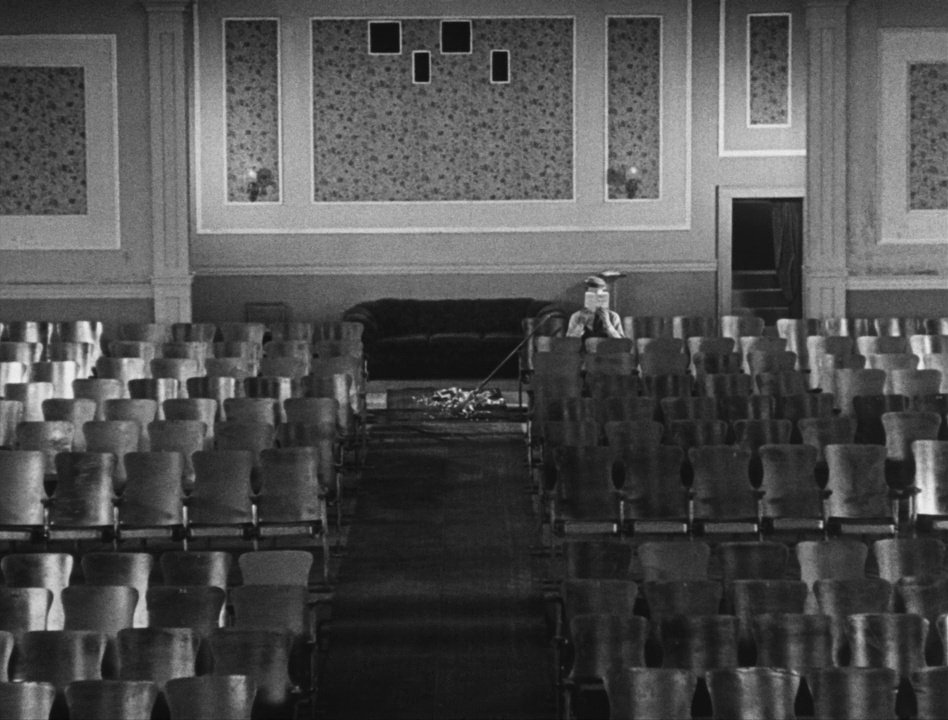

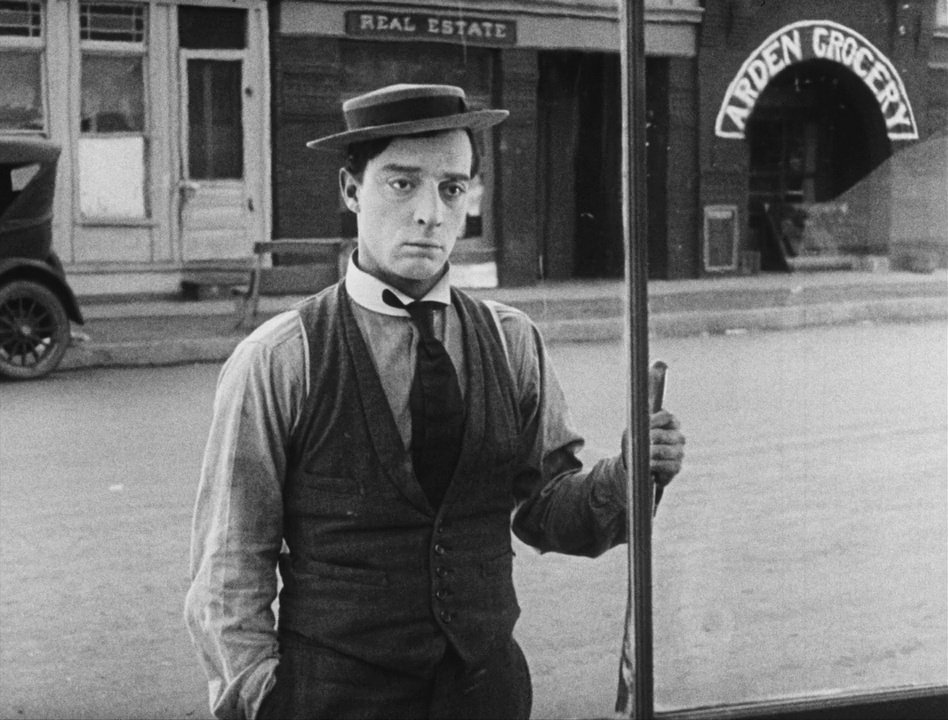
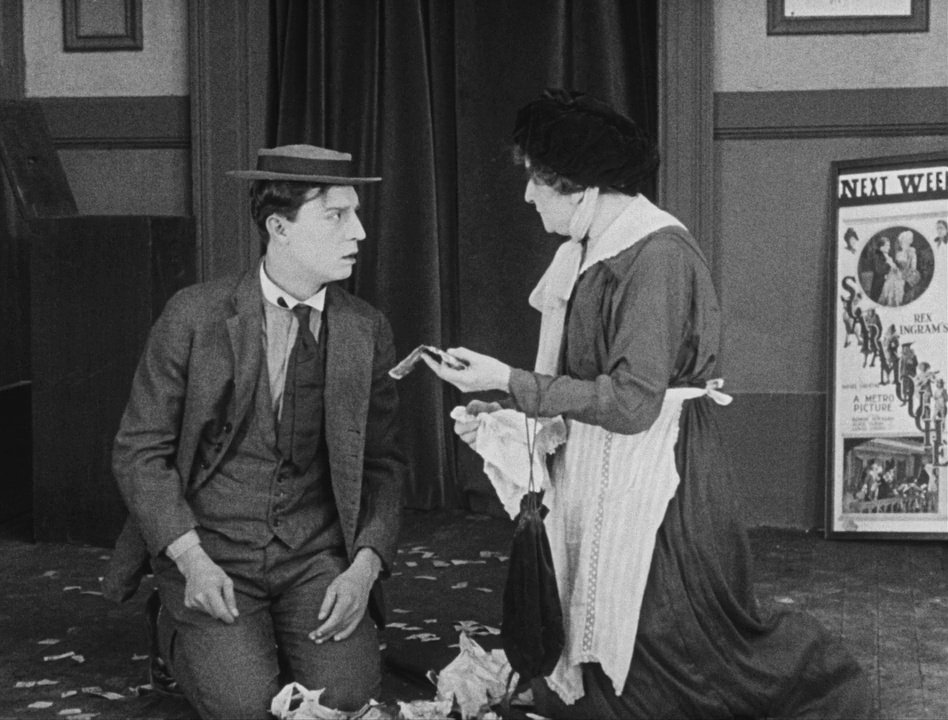

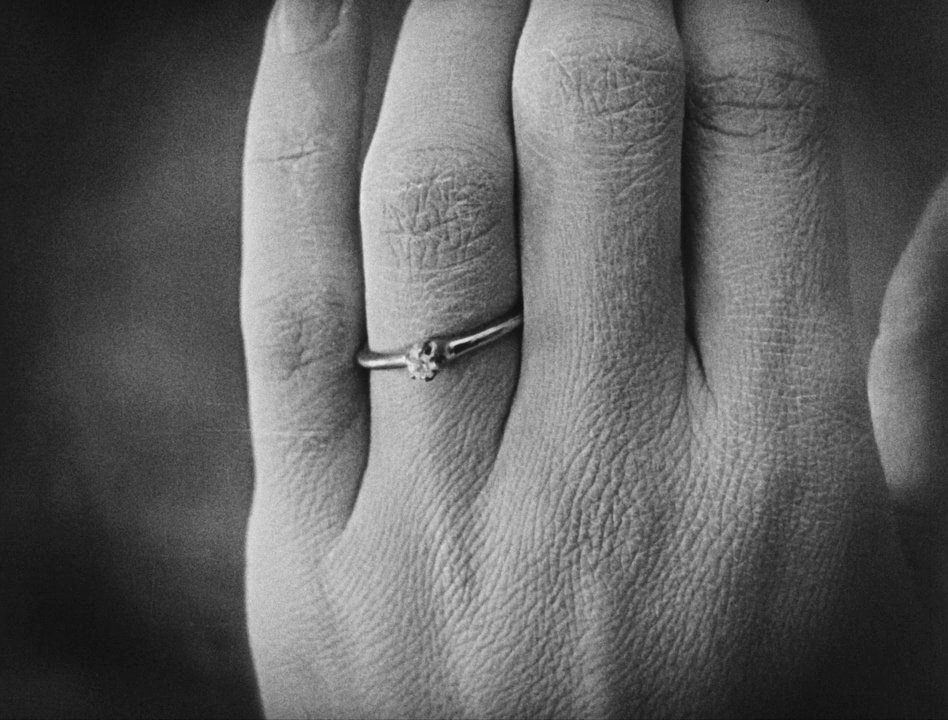
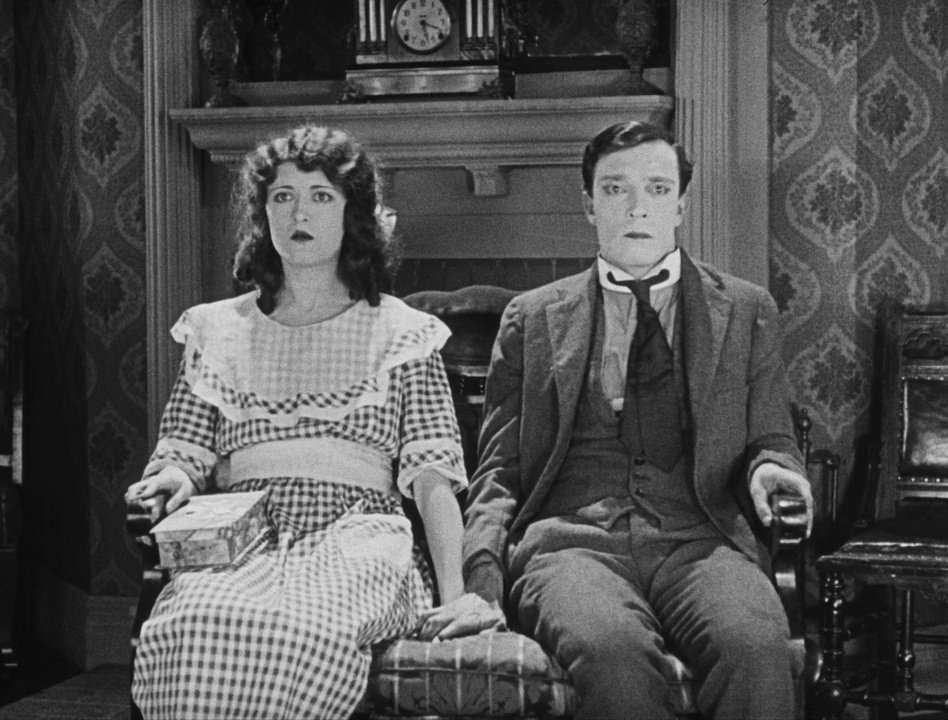
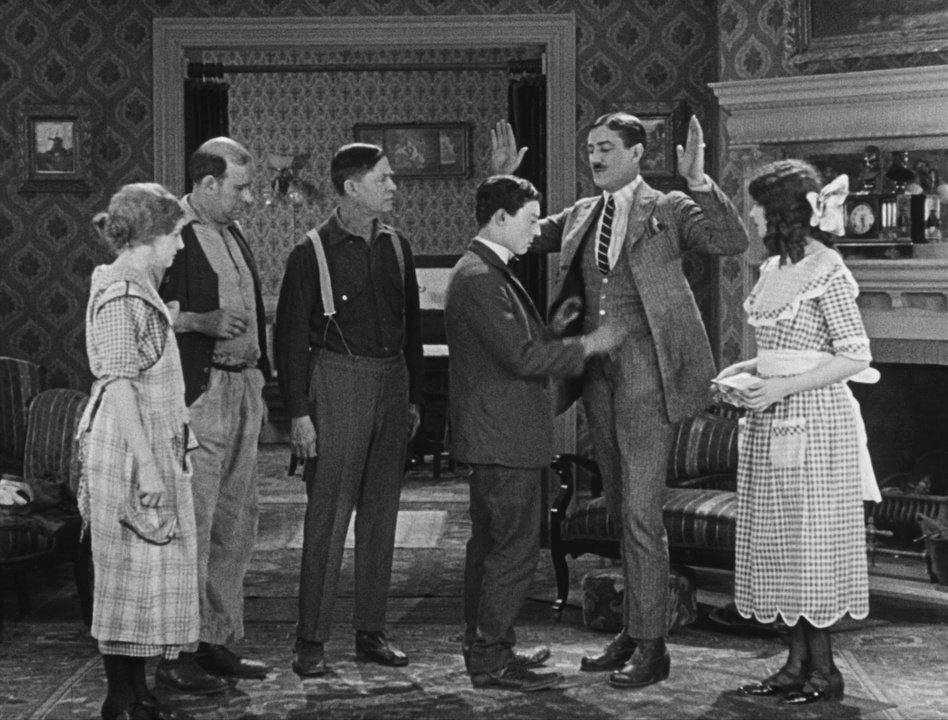
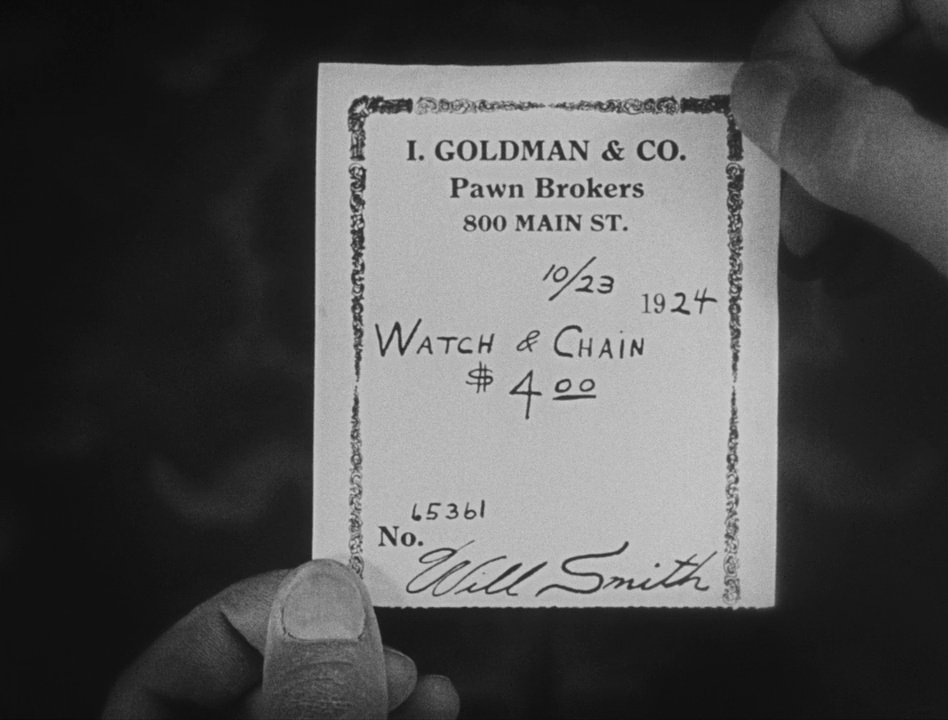
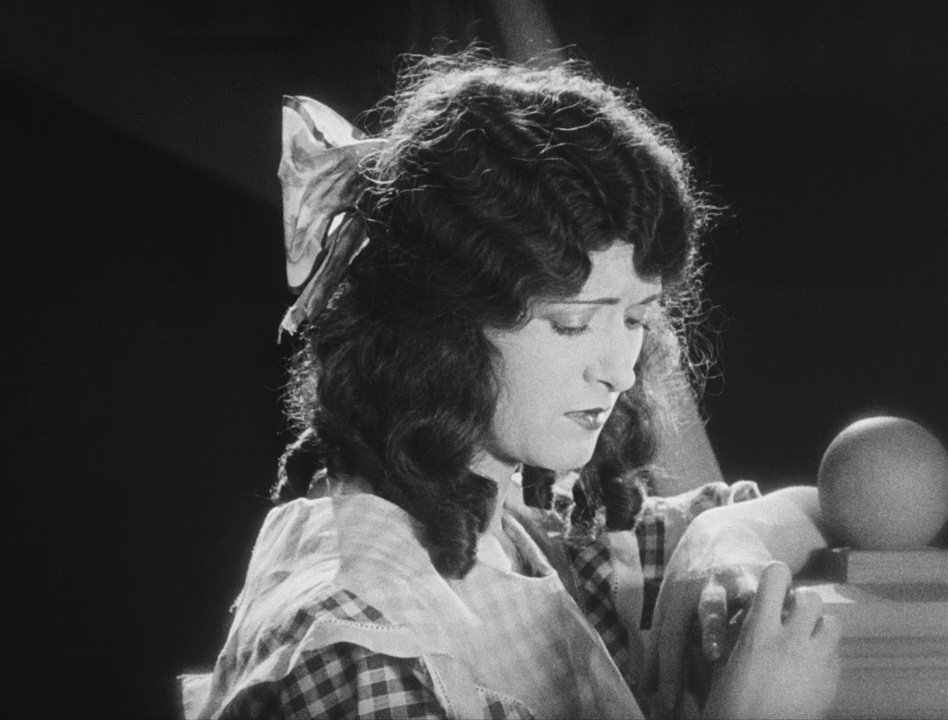
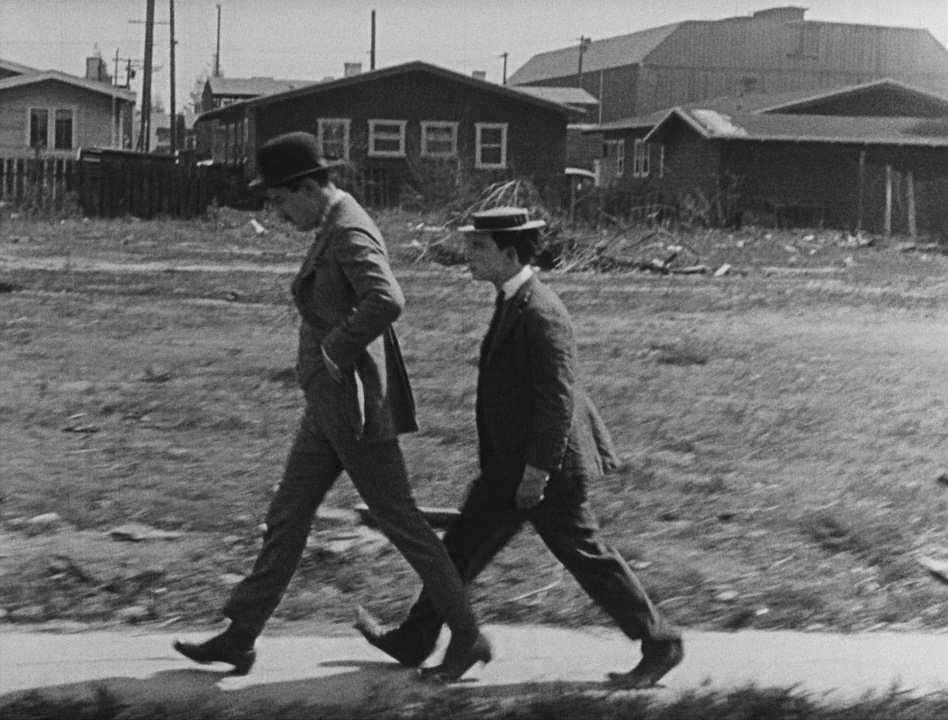
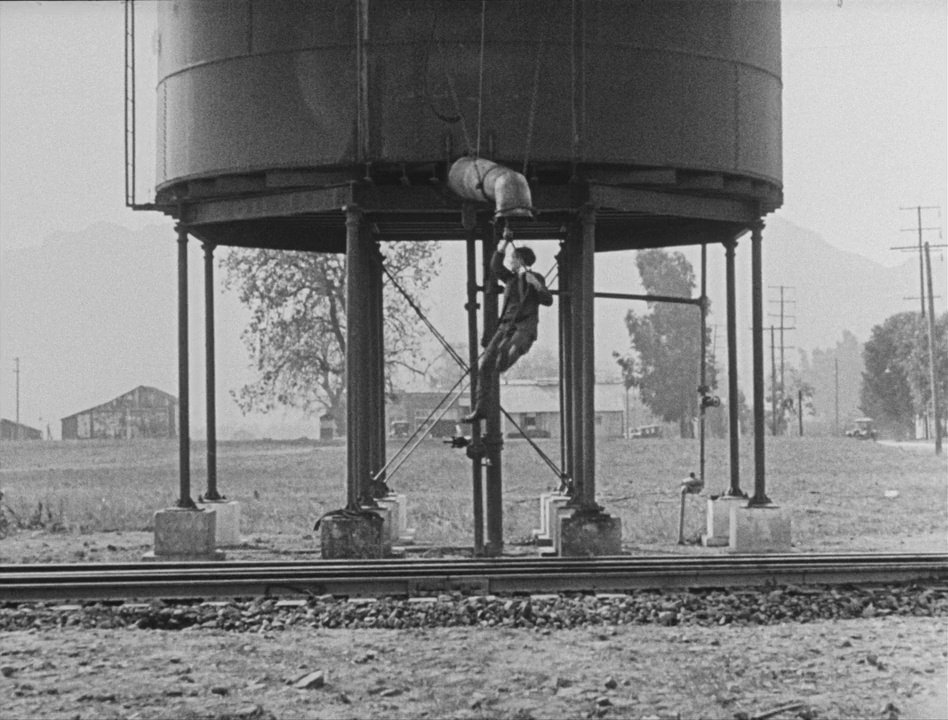

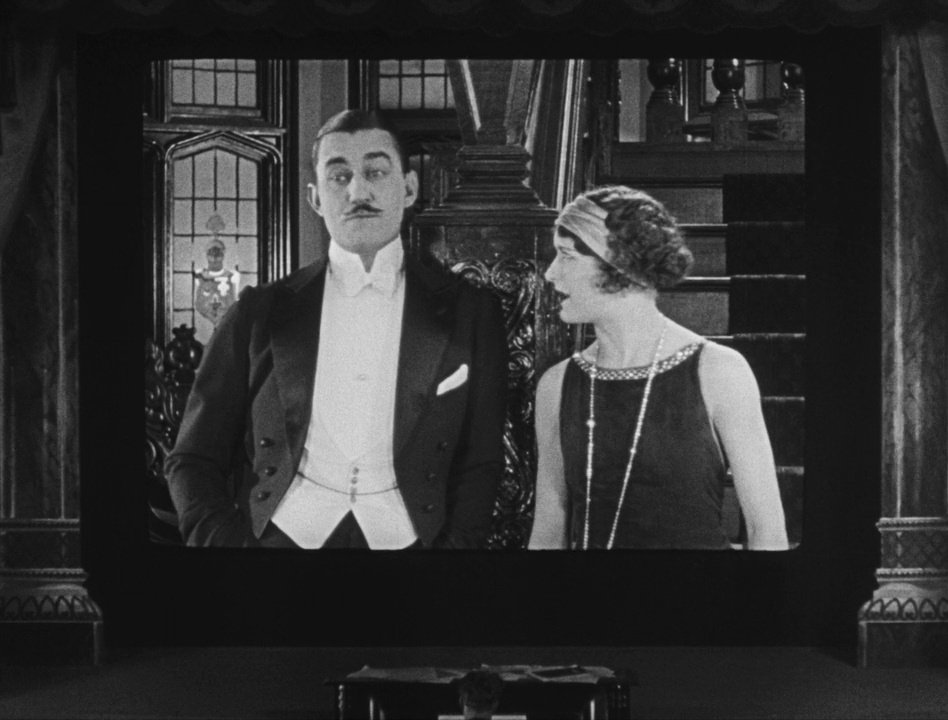
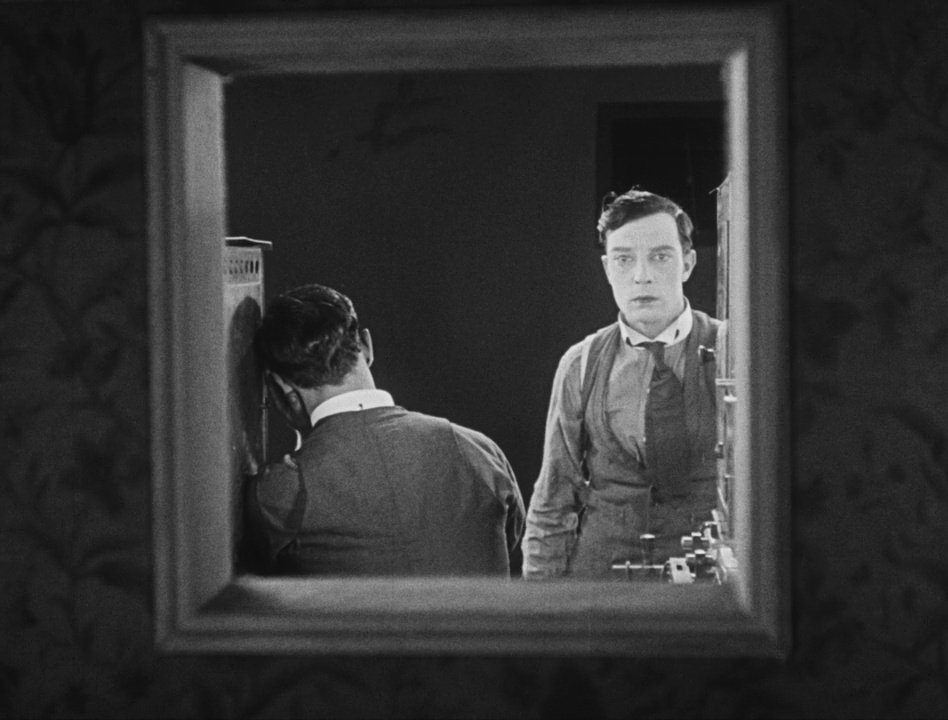

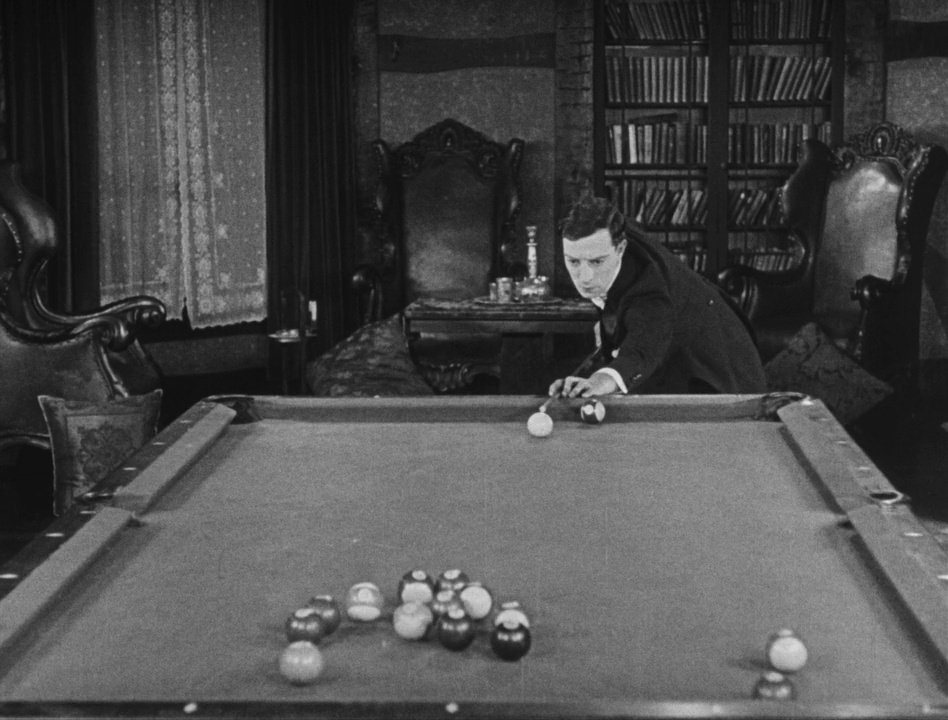
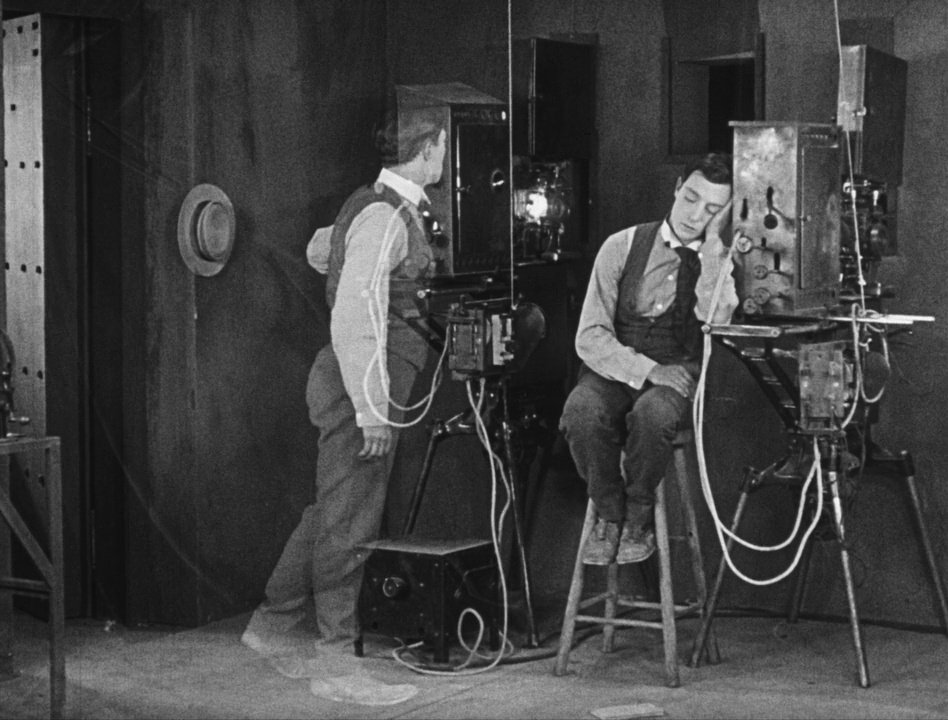
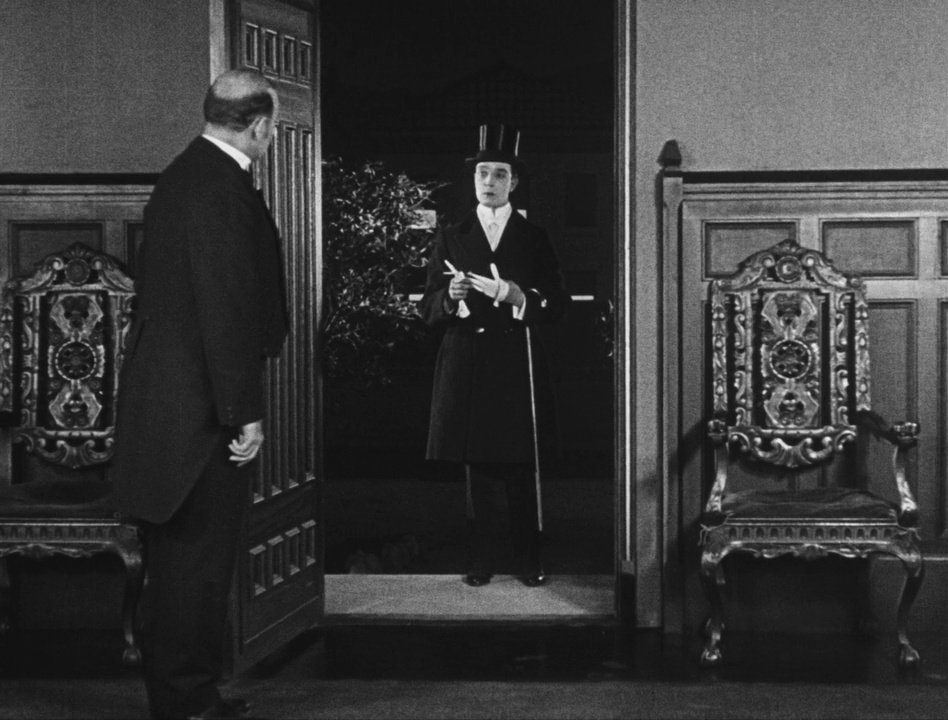

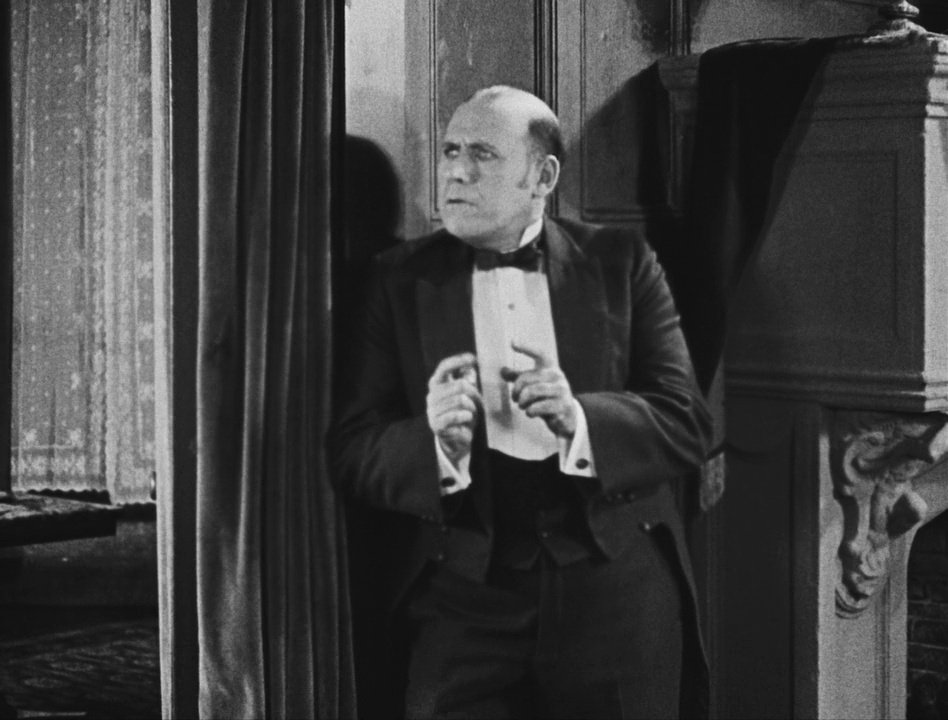
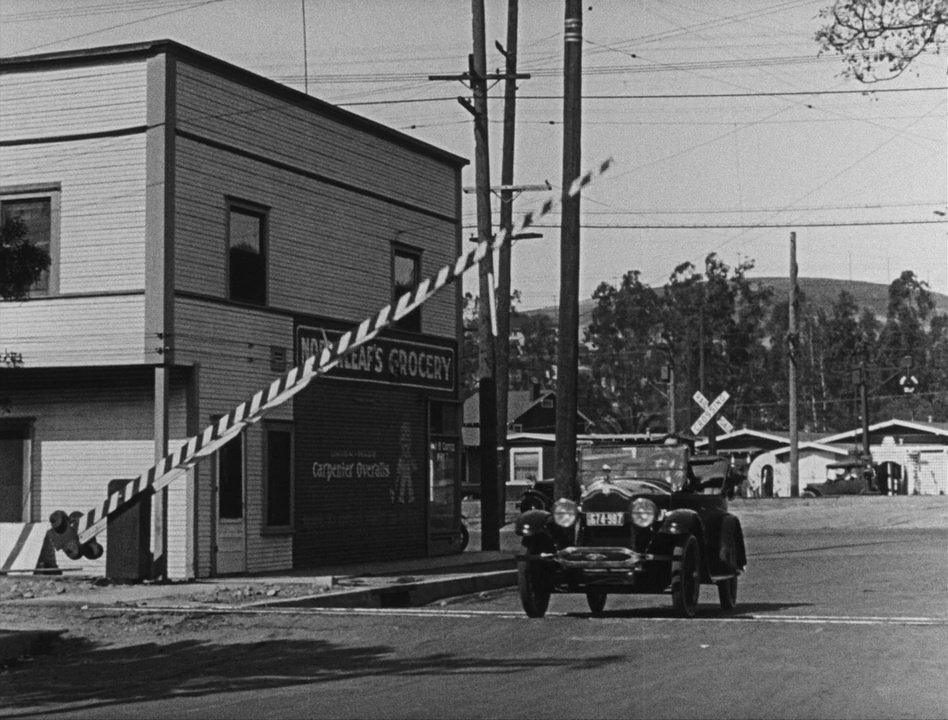

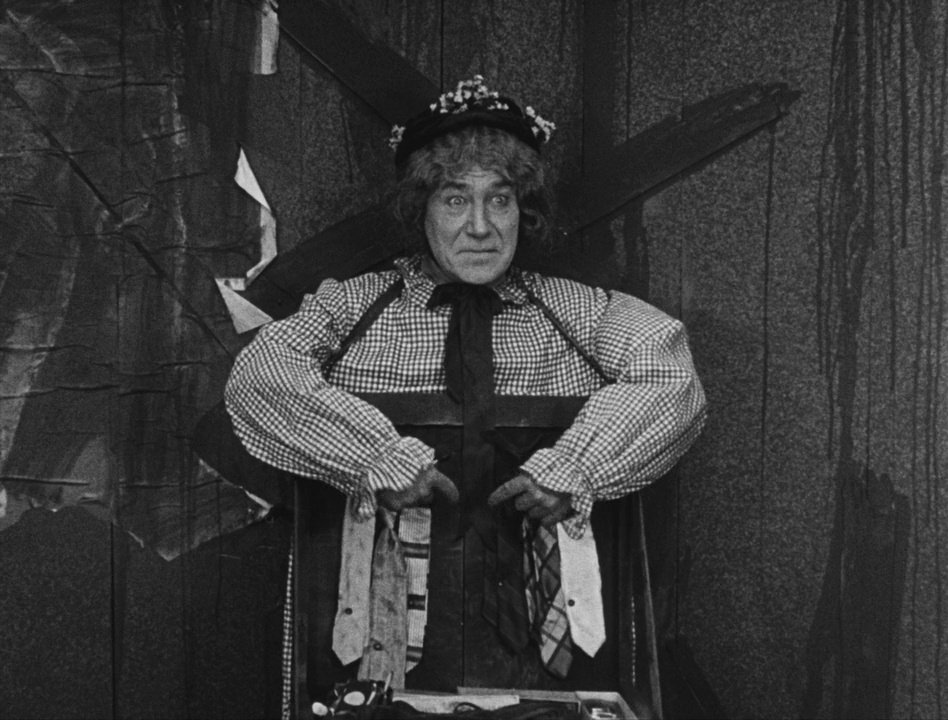

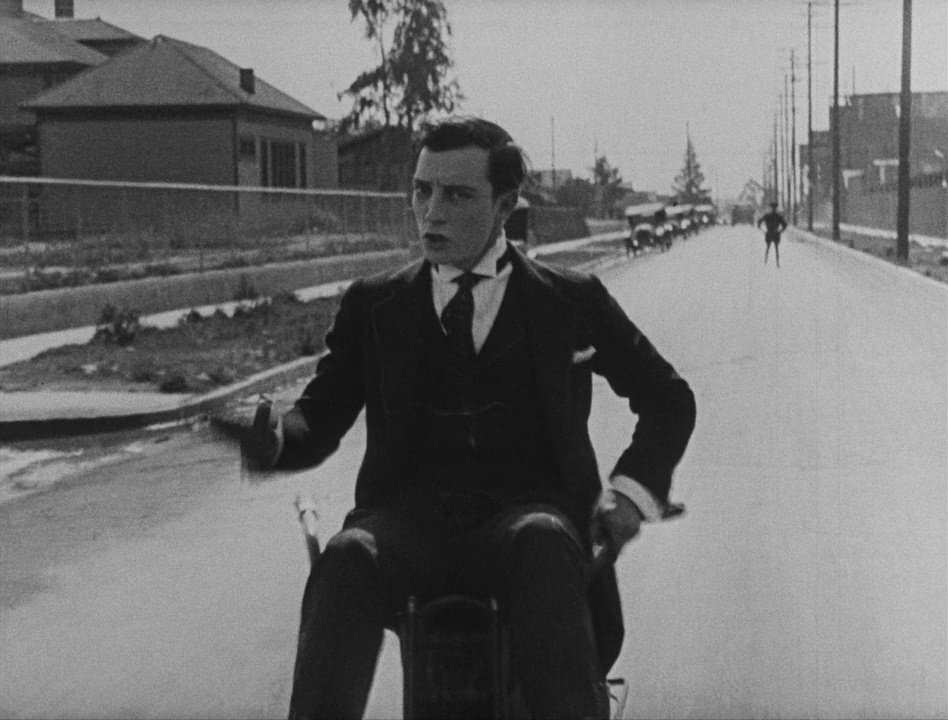
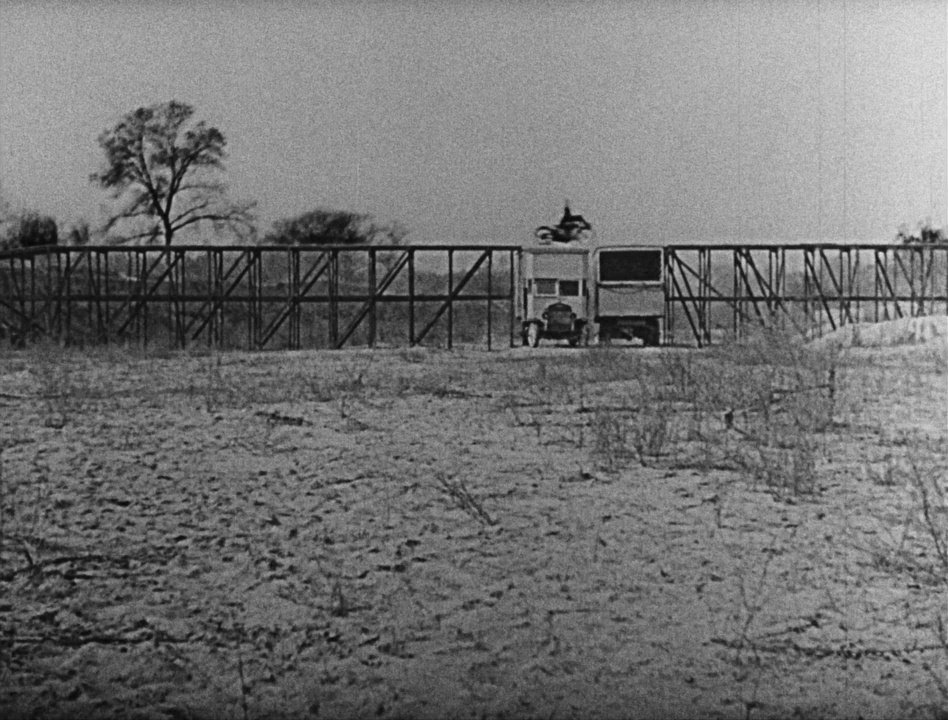

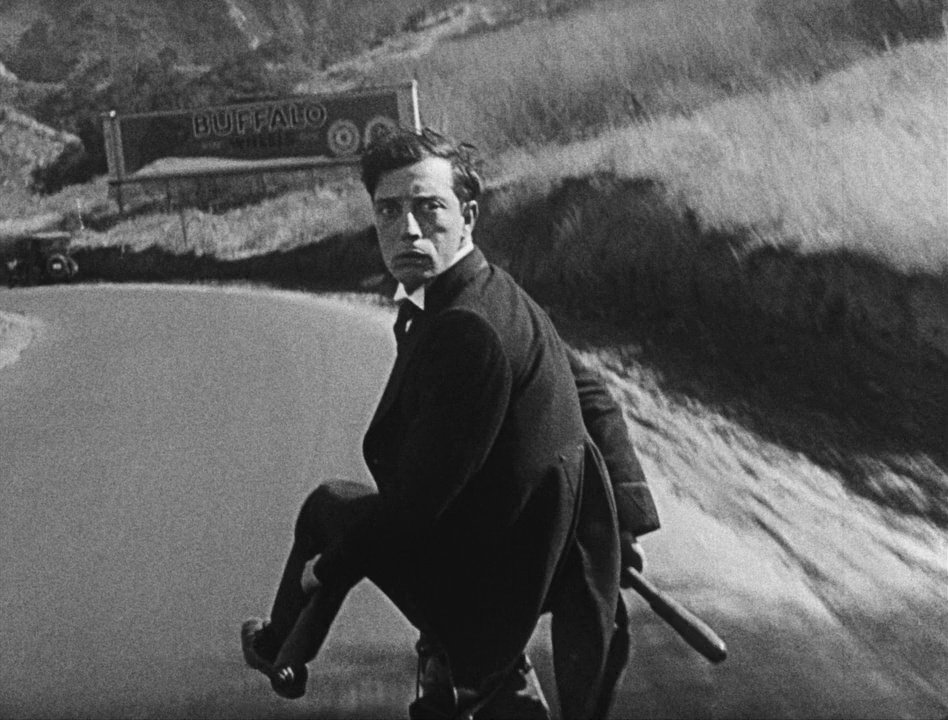
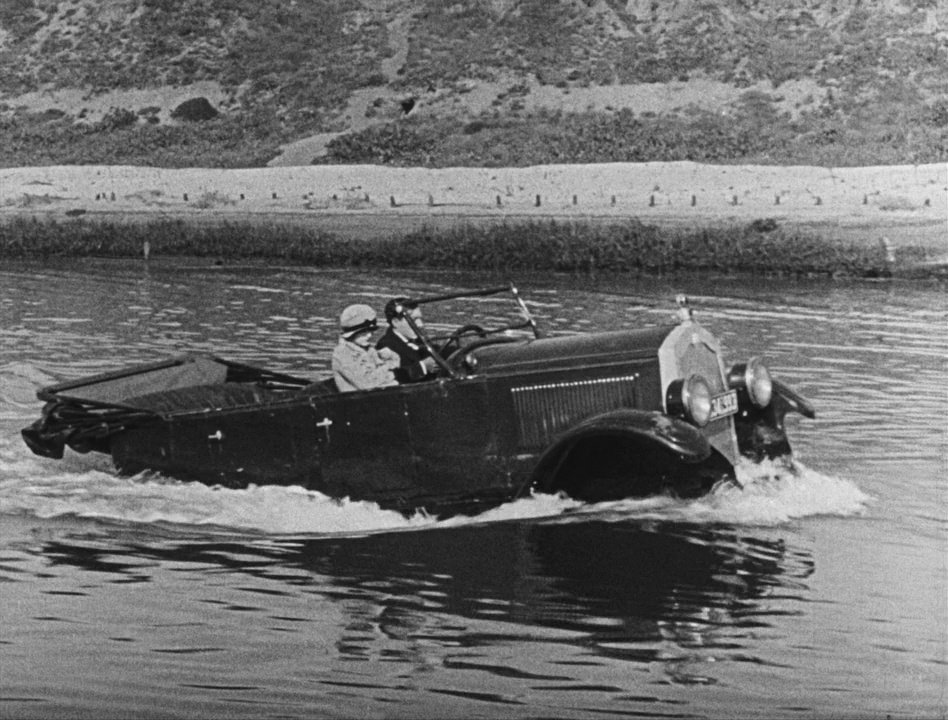
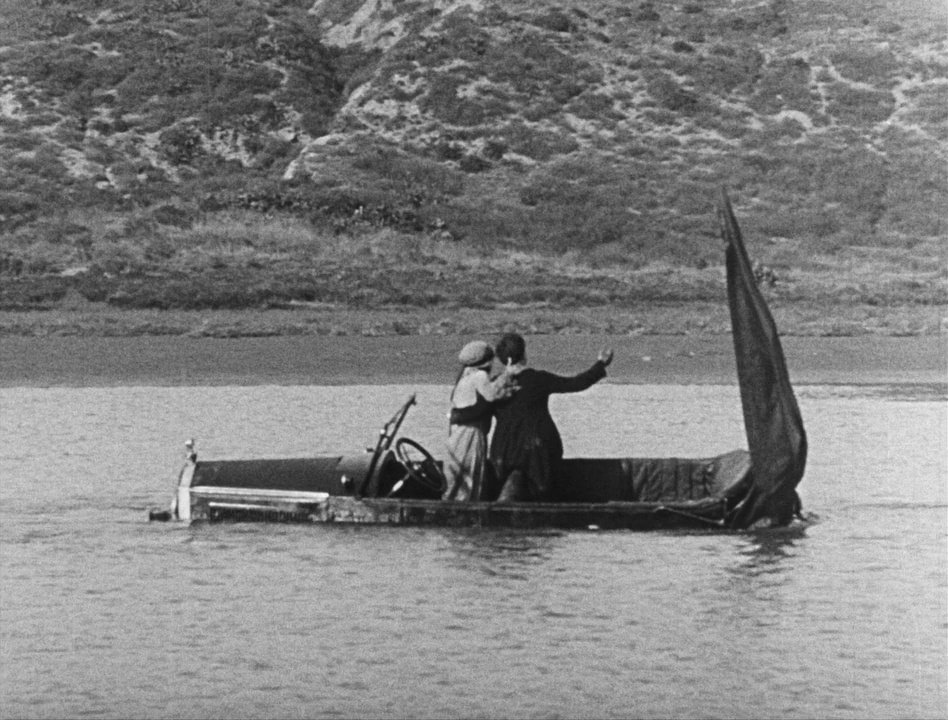
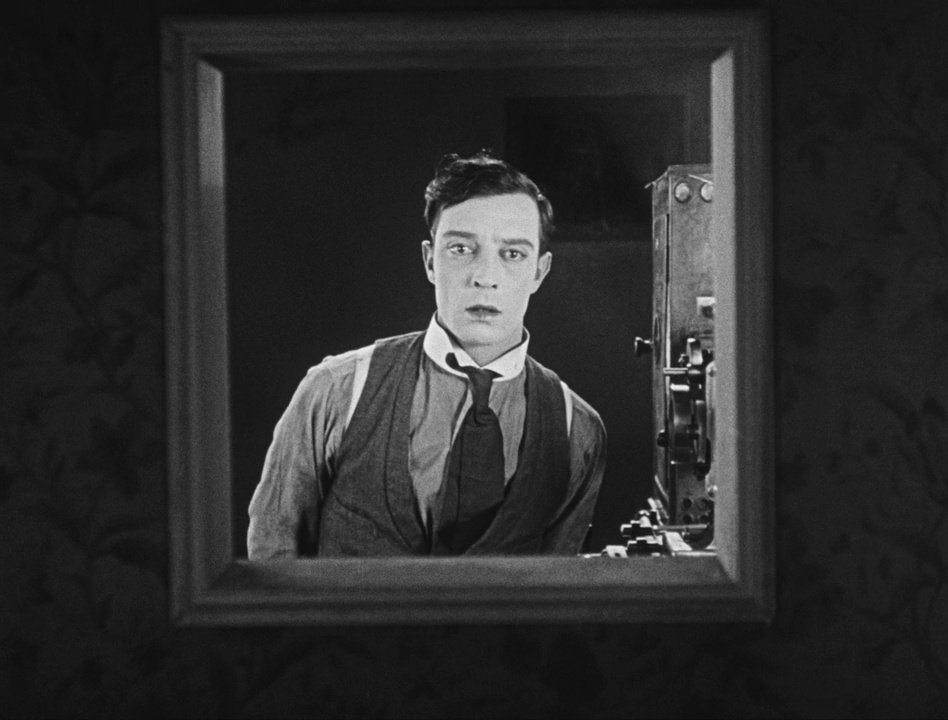


“I would shoot material for five or six two-reel films in order to make a successful single film, because in assembling the film I would cut out four-fifths of the scenes in order to keep only the best.”
In Buster Keaton: A Filmmaker’s Life, author James Curtis chronicles the silent star’s private life and pictures, including The General, One Week, The Navigator and Steamboat Bill, Jr. But it’s Keaton’s earlier days as a performer that captivated me.
Keaton’s parents were vaudeville performers. At age 11 months, Buster crawled on a stage and yanked on his mother’s dress. The audience howled. Then he crawled to his father’s side and pulled on his trousers. Another laugh.
Four years later, in 1901, Buster formally joined the act. Joe Keaton, his father, celebrated by buying an ad in the Dramatic Mirror hailing the family as “a genuine Comedy Act that we guarantee, Something doing for 18 minutes. A continuous revolution of one funny move to another. Eccentric acrobatic dancing, grotesque leg work and the funniest routine of table and chair in Vaudeville, or money refunded.”
The comedy act evolved and often involved Joe discipling a rowdy Buster by tossing him around the stage. “It just breaks a father’s heart to be rough,” Joe would tell the audience. Buster’s reply: “I’m so sorry I fell.”
By the time Buster began making movies with Roscoe “Fatty” Arbuckle, he’d had more than a decade of figuring out how to get laughs.
Curtis begins his biography in Rivers, Manitoba on September 23, 1964. On that day, Keaton was filming The Railrodder, a color short about a man making his way across Canada on a railroad “speeder.” Also being filmed simultaneously: Buster Rides Again, a documentary showing Buster at work on the Canadian feature.
“Any time that you leave the ground, it’s your head that will steer you.”


